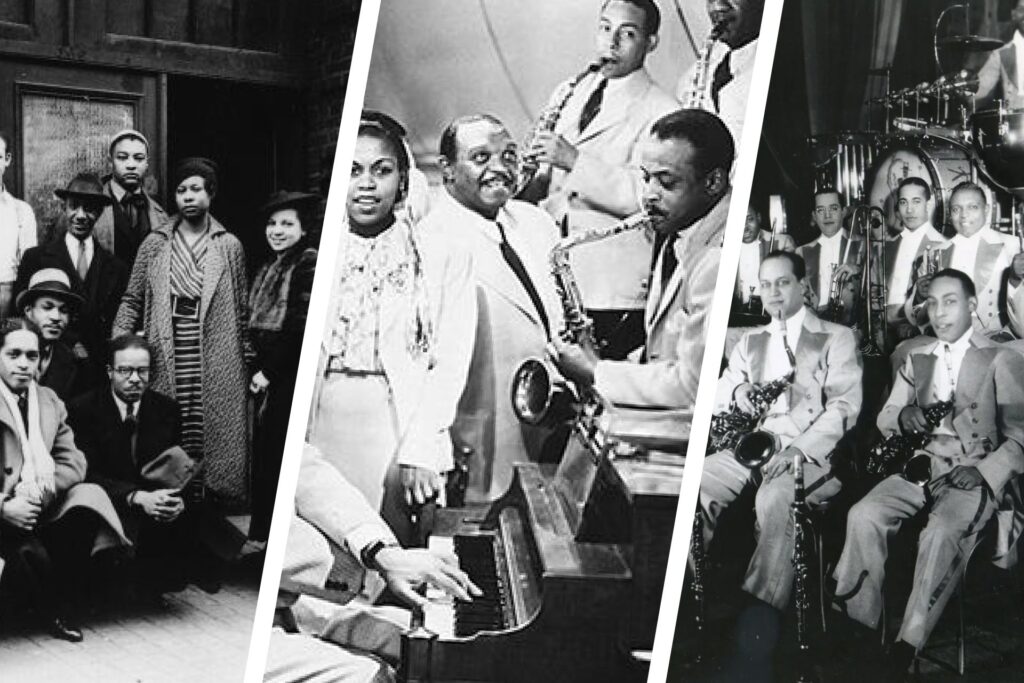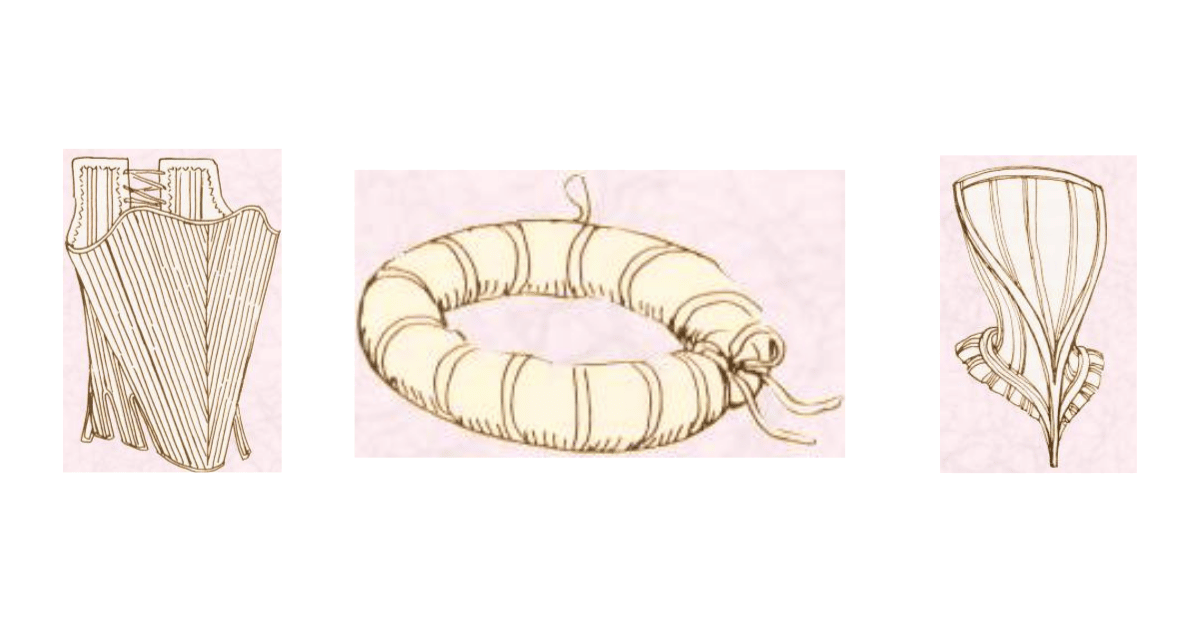It's no surprise to learn that historical events of the past helped shape the world we live in today. When it comes to advances in prominent fields of society, it is only natural to look to the past to make sense of the present and shape the future.
Fashion history is no different! By understanding the context of significant historical moments like the Renaissance, we are then able to witness the evolution of fashion and the plethora of circumstances that led us to where we are now.
Occurring from the 14th to the 17th century, the Renaissance is largely regarded as a true period of rebirth in European nations.
Marked by milestones in art, science, architecture, and seemingly everything in between, this time period honored its name as it brought new life to Europe, making up a period of true cultural and economic growth throughout the continent.
Proceeding the “Dark Ages,” mostly known for scarcity and a lack of growth in both social and economic sectors of society, the Renaissance encouraged a step into the culture that would come to encapsulate a lot of the values of European society to this day. With increased funding and consequent advances in both the sciences and the arts, significant shifts began to take place in many diverse fields - very soon, this growth would translate to a revolution in fashion.
The Birthplace of the Renaissance
Florence, often referred to as the birth center of the Renaissance, is easily credited as the place to have dictated a lot of early Renaissance fashion.
A general increase in wealth allowed the higher social class to fund the arts, giving poets, painters, and other artists new opportunities to expand their reach within and beyond their communities.
Influenced by and featuring religious references and figures, Italian culture dictated men and women's dress during the Renaissance in various ways. Prioritizing both personal virtue and aesthetic clothing choices as a way of expression and status, Renaissance fashion seemed to have mirrored a society beyond its physical component.
Renaissance Fashion and Art
Although fashion is highly regarded as its own “field” of art, Renaissance paintings often provide valuable insight into its many distinct eras within this period of growth.
Portraits of both known and anonymous figures hold numerous clues as to the subject’s social and economic standing through their clothing and general physical appearance. In the early periods of the Renaissance men were commonly shown enveloped by large amounts of fabric, sporting large sleeves with a tapered wrist and layered looks.
Fashion, just like various other lifestyle choices, was greatly dictated by one’s social class. With a high disparity in textile prices at the time, analyzing a painting subject’s clothes is also a great way to learn more about their status in society.
Undershirts for men, for example, varied in materials and texture for men of different economic backgrounds. More detailed observations can also tell us a lot - embroidery, ruffles or decorations also indicate a more elaborate outfit and, consequently, a higher social status.
For women’s clothing, the logic remained the same. Dresses were characterized by a large amount of fabric, including layers and ruffles, as well as fine details such as embroidery, exuberant headdresses, and patterns.
The style, soon to be spread from Florence to the remainder of Europe, would create the foundation on which Renaissance fashion then began to develop for the next few centuries.
Renaissance Social Class
But it turns out that fashion and personal style weren’t exclusively left up to taste and financial resources. During The Renaissance, several sumptuary laws successfully dictated the different styles, materials, and overall fashion worn by people in diverse social classes.
Those from lower classes would wear linen, for example, while their wealthier counterparts could count on materials such as satin, silk, and velvet. Although we can still see the disparity of fabric prices even today in the 21st century, the lack of automated systems made fabrics far more expensive, further punctuating the price difference between different textiles.
While women’s fashion naturally developed and changed throughout the many years of the Renaissance period, this era of history can be largely remembered for its adorned dresses made up of more structured bodices and long skirts.
In art, the Renaissance period famously depicts those of higher financial status with heavily beaded dresses and capes, adorned in jewels and attention-grabbing details. When it came to the larger part of the population, however, gowns were far simpler in material and styles, clearly creating a visual divide amongst European citizens.
The Harlem Renaissance

Although the Renaissance might be the most well-known historical event to carry this name, it’s certainly not the only one to have marked an important period in history.
Centuries later, the Harlem Renaissance caused its very own fashion wave. Deemed another period of rebirth, now based in North American soil, this era gave way to much of the Black fashion of the 20s and beyond. Particular styles and articles of clothing such as fur coats and beaded dresses were worn and popularized by prominent figures of Harlem’s culture, becoming symbols of empowerment and growth for Black women. For men, drape suits fulfilled that same role.
As symbols of status and success, these items of clothing became important ways for Black women and families to celebrate and showcase their successes.
Far more reminiscent of fashion as we know it today, the Harlem Renaissance represents more than its direct impact on American fashion. Not only can we see its influences still present in the clothes we wear today, but it is also a recent reflection of how fashion mirrors societal values and phases right back at us time and time again.
Final Thoughts on Renaissance Fashion
As an ever-evolving force, fashion continues to grow from and beyond itself, mirroring the current moment and always effectively looking for the next. Whether in the European continent or Harlem, New York, it's always helpful to see where we came from to find out where we're going.

